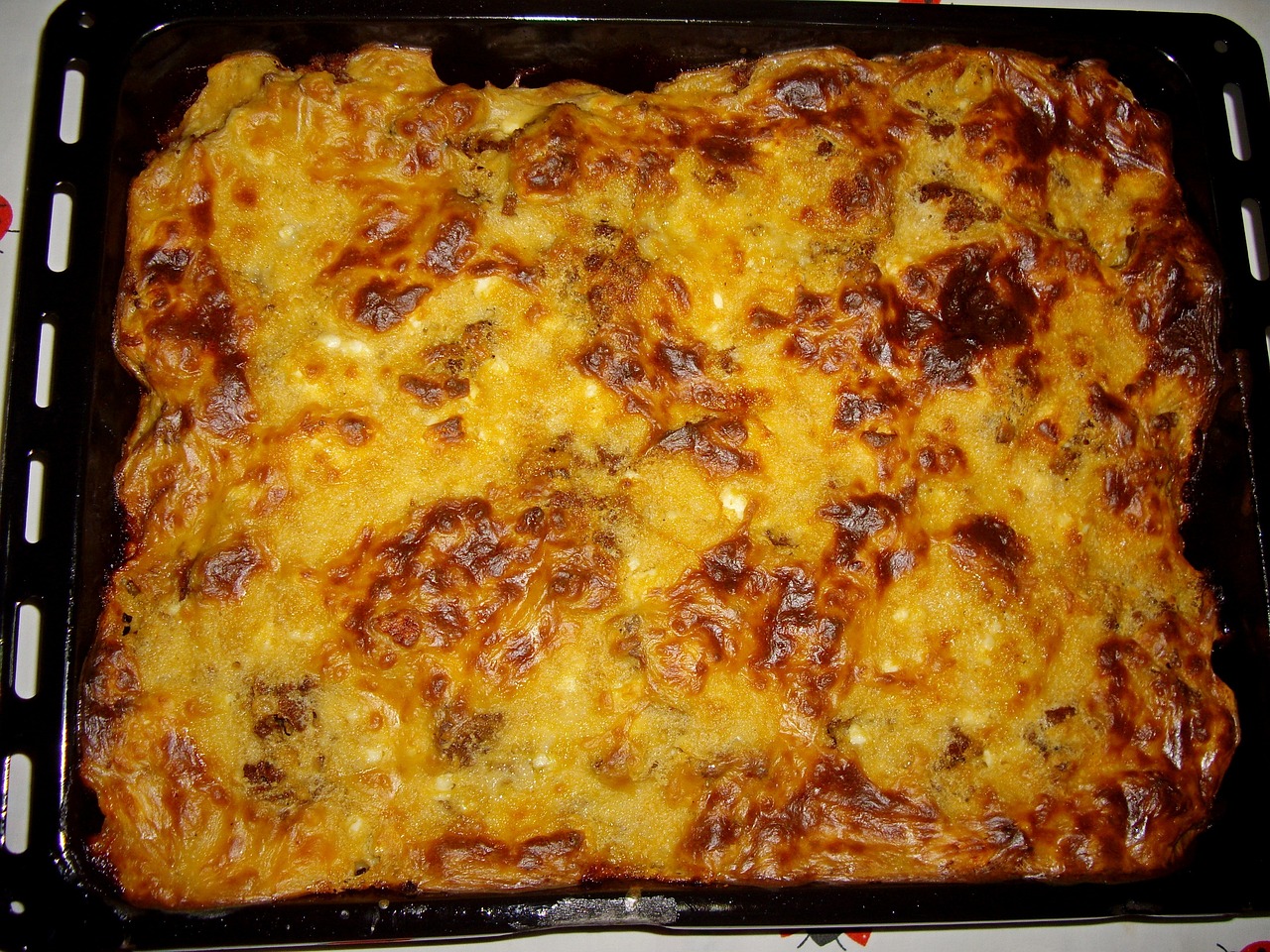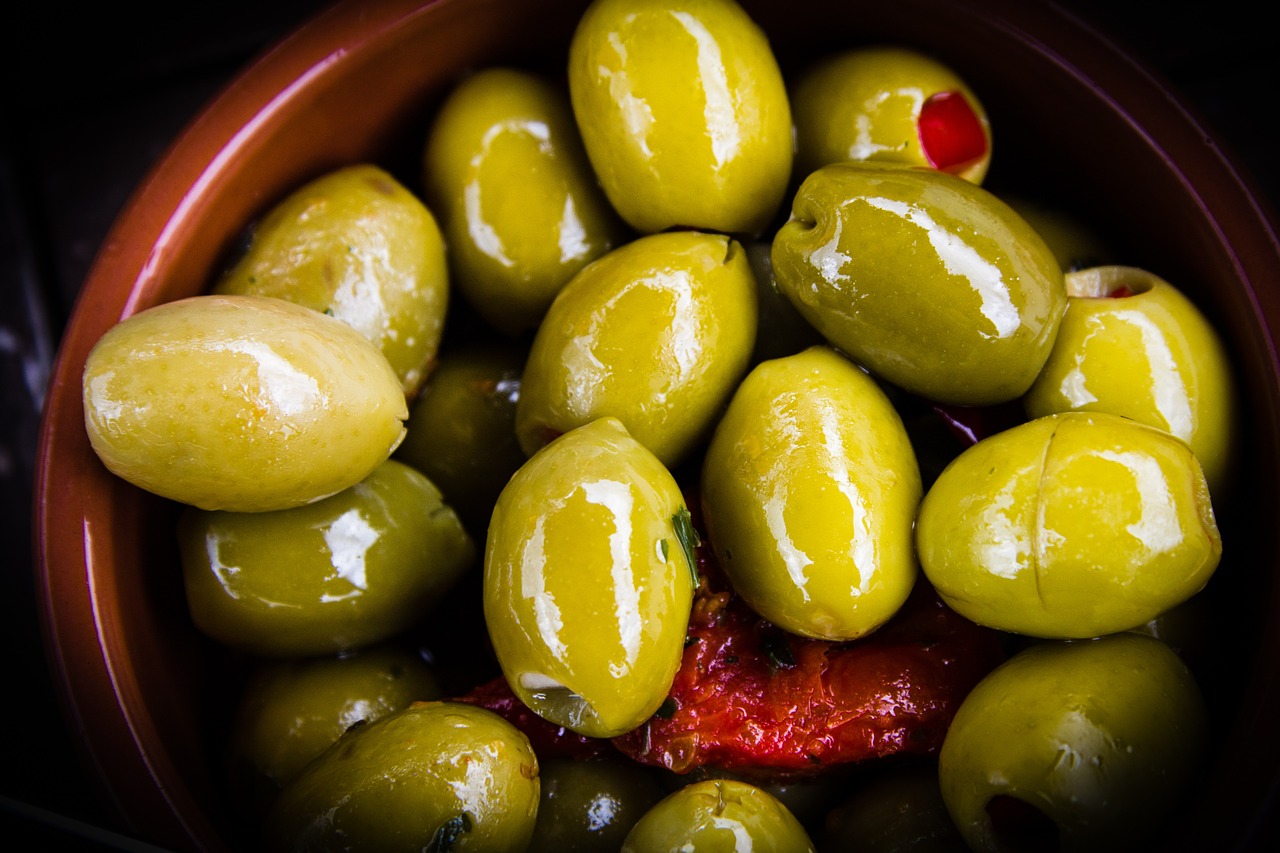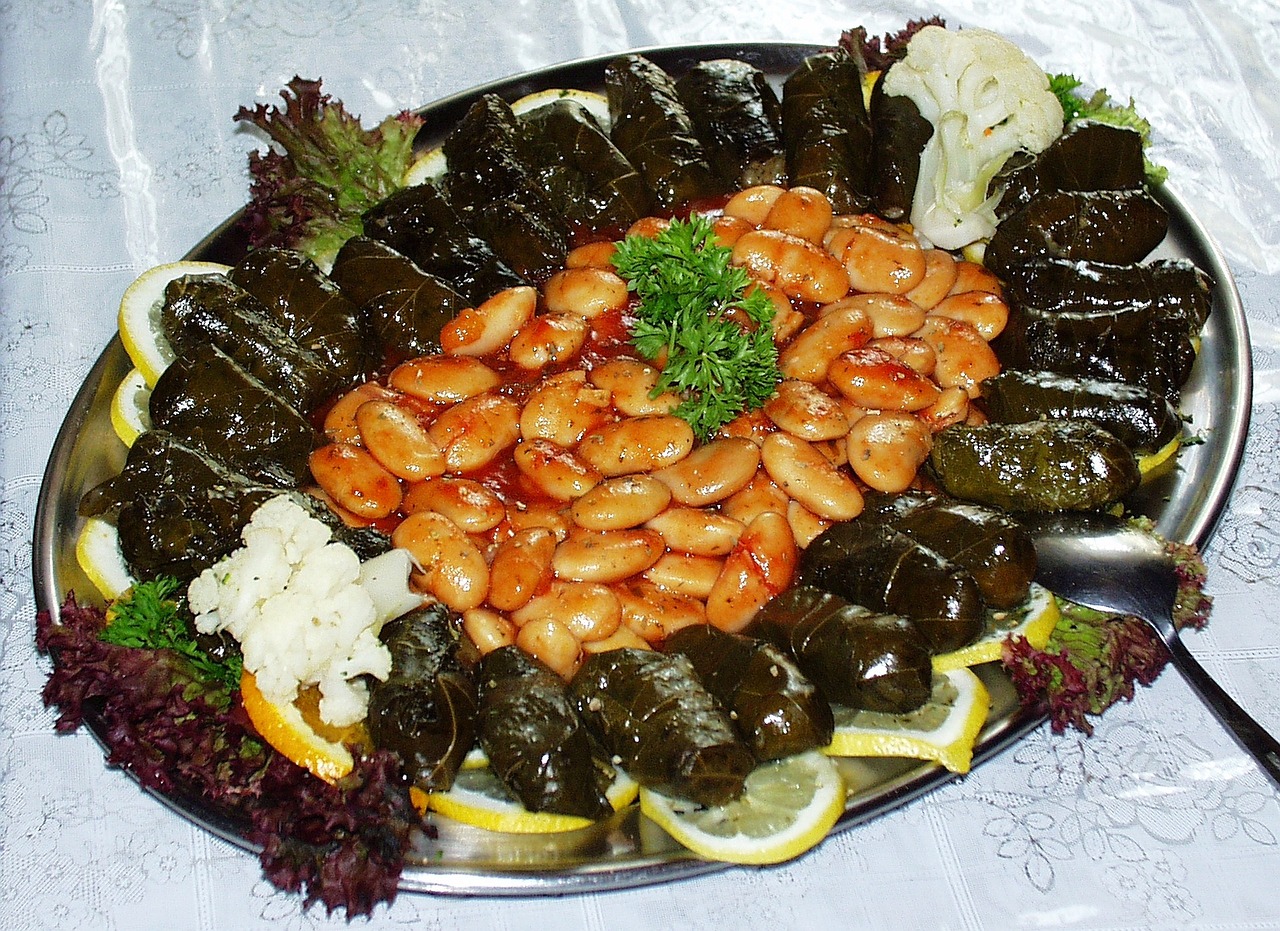Greek Moussaka: The Magnificent Combination of Eggplant, Potatoes, and Meat

Greek Moussaka is a culinary masterpiece that brings together the delightful flavors of eggplant, potatoes, and meat in a harmonious blend of textures and aromas. This traditional dish, hailing from the Mediterranean region, is a true symphony of ingredients that captivate the senses and satisfy the palate.
Imagine layers of tender roasted eggplant, hearty potatoes, and savory seasoned meat, all coming together to create a rich and indulgent experience with every bite. The crowning glory of creamy béchamel sauce adds a luxurious touch that elevates the dish to a whole new level of decadence.
As you delve into the world of Greek Moussaka, you will discover a culinary journey filled with history, tradition, and innovation. From its humble origins in the Ottoman Empire to its modern-day interpretations, this dish has stood the test of time and continues to delight food enthusiasts around the globe.
- History of Moussaka:
- Ingredients and Variations:
- Preparation and Cooking Techniques:
- Serving and Pairing Suggestions:
History of Moussaka
When it comes to the history of Moussaka, we are taken on a culinary journey that dates back to the days of the Ottoman Empire. This iconic dish has evolved over time to become a staple in Greek cuisine, offering a comforting and flavorful experience to all who indulge in its layers of goodness.
Throughout history, Moussaka has undergone various adaptations and interpretations, with each region adding its own unique touch to the traditional recipe. From the Middle East to the Mediterranean, different cultures have embraced and personalized this dish, creating a tapestry of flavors that reflect the diversity of the lands where it is enjoyed.
The roots of Moussaka can be traced back to the Arabic word "musaqqa'a," which means chilled. This hints at the dish's origins as a cold dish, which eventually transformed into the warm and hearty casserole we know today. As it made its way to Greece, Moussaka underwent further modifications, incorporating local ingredients and techniques to create the beloved dish we savor now.
Ingredients and Variations
When it comes to Greek Moussaka, the key ingredients that form the heart of this delectable dish are essential for creating its signature taste and texture. The traditional recipe typically includes:
- Eggplant: Sliced and roasted to perfection, the eggplant provides a rich and meaty texture to the layers of Moussaka.
- Potatoes: Thinly sliced potatoes add a comforting and starchy element to the dish, absorbing the flavorful juices as it bakes.
- Ground Meat: Usually a combination of beef and lamb, the seasoned meat brings a savory and robust flavor to each bite.
- Aromatic Spices: A blend of cinnamon, nutmeg, and other spices infuse the dish with warmth and depth of flavor.
While the classic ingredients remain constant, there are numerous variations and adaptations of Moussaka that cater to different tastes and dietary preferences. For those looking to explore beyond the traditional recipe, here are some popular variations:
| Variation | Description |
|---|---|
| Vegan/Vegetarian Moussaka | A plant-based version that replaces the meat with lentils, mushrooms, or tofu, offering a hearty and flavorful alternative. |
| Seafood Moussaka | This variation incorporates seafood such as shrimp or fish, adding a fresh and oceanic twist to the traditional dish. |
| Eggplant-Free Moussaka | For those seeking a lighter option, this version substitutes the eggplant with zucchini or other vegetables while maintaining the essence of Moussaka. |
Exploring these different interpretations of Moussaka allows for a creative and diverse culinary experience, showcasing the versatility of this beloved Mediterranean dish. Whether sticking to the classic recipe or experimenting with innovative variations, the essence of Moussaka lies in its harmonious blend of flavors and textures that truly make it a culinary masterpiece.
Preparation and Cooking Techniques
When it comes to preparing the delectable Greek Moussaka, it's essential to master the art of layering flavors and textures to create a harmonious dish that will tantalize your taste buds. The process of crafting a perfect Moussaka involves several key steps that contribute to its rich and savory profile. Let's dive into the preparation and cooking techniques that make this Mediterranean casserole a culinary masterpiece.
First and foremost, one of the crucial steps in making Moussaka is preparing the eggplant and potatoes. These vegetables serve as the foundation of the dish, providing a hearty and satisfying base for the flavorful meat and creamy béchamel sauce. To ensure that the eggplant and potatoes are cooked to perfection, it's important to slice them evenly and roast them until they are tender and slightly caramelized.
Next, the seasoned meat component of Moussaka plays a significant role in adding depth and richness to the dish. Typically made with ground lamb or beef, the meat is cooked with aromatic spices such as cinnamon, oregano, and nutmeg to enhance its savory profile. As the meat simmers and absorbs the flavors, it becomes a savory filling that complements the layers of vegetables and sauce.
Layering is a fundamental aspect of assembling Moussaka, as each component contributes to the overall taste and texture of the dish. Begin by arranging a layer of roasted eggplant and potatoes at the bottom of a baking dish, followed by a generous portion of the seasoned meat mixture. Repeat this process to create multiple layers, ensuring that each element is evenly distributed for a well-balanced final product.
Once the layers are assembled, the final touch to a traditional Moussaka is the creamy béchamel sauce that crowns the dish. Made with a combination of butter, flour, milk, and nutmeg, the béchamel adds a velvety texture and a rich flavor that ties all the components together. Pour the sauce over the assembled layers, ensuring that it covers the top evenly before baking the Moussaka to golden perfection.
To achieve the ideal balance of flavors and textures in your Moussaka, it's essential to bake the dish at the right temperature for the perfect amount of time. This allows the ingredients to meld together and develop a harmonious taste that is both comforting and satisfying. Once the Moussaka is golden brown and bubbling, it's ready to be served hot and enjoyed with your favorite accompaniments.
Serving and Pairing Suggestions
When it comes to serving and pairing Greek Moussaka, there are several suggestions to elevate your dining experience and truly savor the rich flavors of this Mediterranean delight. Whether you are hosting a gathering or simply enjoying a cozy meal at home, the presentation and accompaniments can make a significant difference in enhancing the overall enjoyment of the dish.
Here are some serving and pairing suggestions to consider:
- Traditional Garnishes: Sprinkle some freshly chopped parsley or dill on top of the Moussaka before serving to add a pop of color and a hint of freshness to the dish.
- Side Dishes: Serve Moussaka with a side of Greek salad, made with crisp lettuce, juicy tomatoes, cucumbers, olives, and feta cheese, dressed with a drizzle of olive oil and a squeeze of lemon. The vibrant flavors of the salad complement the hearty Moussaka perfectly.
- Warm Pita Bread: Warm up some pita bread and serve it alongside the Moussaka. The soft and fluffy texture of the bread is ideal for soaking up the flavorful juices from the dish.
- Refreshing Beverages: Pair Moussaka with a glass of chilled white wine, such as Assyrtiko or Moschofilero, to balance the richness of the dish with crisp acidity and fruity notes. Alternatively, a glass of ouzo, a traditional Greek anise-flavored spirit, can also be a delightful accompaniment.
- Meze Platter: Create a meze platter with an assortment of small dishes like hummus, tzatziki, dolmades, and grilled halloumi cheese. These flavorful bites can be enjoyed alongside the Moussaka, offering a variety of tastes and textures.



 HazalVardal
HazalVardal 





